The Monstrosity that is Tokyo Banana
'It's a piece of crap, but I hope you like it' - Japan
Kia ora Koutou, Tim Bunting Kiwi Yamabushi here bringing you concepts, life advice, and hiking guides straight from the mountains of Japan.
‘It’s a piece of crap, but I hope you like it’ - Japan.
Ok, maybe the Japanese aren’t that vulgar.
Often when a Japanese person hands you an edible souvenir, you’ll also hear:
‘Tsumaranai mono desu ga…’, ‘it’s pretty boring, but…’
In Japanese, by saying something you’re giving someone isn’t all that much, you’re putting yourself beneath them, and simultaneously raising their status.
‘Tsumaranai mono desu ga…’ is a set phrase used to show respect.
It’s also a set phrase that gets to me, and not because if something was so boring, why go through the effort of even getting it?
It’s a set phrase that gets to me because oftentimes the souvenir is anything but boring.
For example, a little something called Tokyo Banana.
Tokyo.
Banana.
Japan is a quirky country. Everyone knows that.
Ok, maybe the Japanese don’t realise it, but still.
Tokyo Banana?
Tokyo!?
Japan’s centre of finance and government. Birthplace of Sony. Home to Honda and Otaku central AKA Akihabara AKA Akiba.
And also, lest we forget, Tokyo just so happens to be the world’s largest metropolis.
What does Tokyo have to do with bananas?
You know, that yellow fruit generally associated with countries in the tropics.
And how did it become Tokyo’s official souvenir sweet?
But first, I know what you’re thinking:
What even is Tokyo Banana?
As much as I hate to admit it, Tokyo Banana is not a banana.
Tokyo Banana is a small banana-shaped sponge cake wrapped around a sweet custard-like banana-flavoured cream.
And honestly, it’s not that bad.
I haven’t had Tokyo Banana for a few years now. No-one has been kind enough to bring me some (hint hint).
Yet I still remember the texture and taste of Tokyo Banana.
Or maybe, I remember it because of the harrowing ordeal you have to go through just to get to your Tokyo Banana.
First you have to rip off the thin layer of plastic wrapping before you open the cardboard box, remove the shiny pamphlet telling you of all the other varieties of Tokyo Banana like ‘TOKYO BANANA x KIT KAT’, ‘THE STRAWBERRY CAKE: from GINZA’, or my personal favourite ‘SUGAR BUTTER SAND TREE', until you finally get to the individually-wrapped delightfully light Tokyo Banana, itself sitting on yet another piece of plastic.
However, this is the story for a lot of souvenirs in Japan. Despite the media spouting Sustainable Development Goals all the time, Japan still hasn’t gotten the memo that creating plastic isn’t actually that good for the environment.
I don’t think it was the SUGAR BUTTER SAND TREE, since I’ve never had the honour of tasting it.
So I guess it was the taste and texture after all.
Which leads to the next question:
Why banana?
It doesn’t have anything to do with Banana Yoshimoto, nor as far as I can tell a Banana Republic, or Tokyo’s Banana Republic.
No. Tokyo Banana as we know it today started in 1991.
However, it appears that Tokyo Banana was simply first in a long line of banana-based sweets to use the word ‘Tokyo’.
I couldn't find any evidence to back this up, not even on the official website, but I’ve heard that Tokyo Banana is because in the past bananas in Japan were very hard to get your hands on. Bananas were a luxury item limited to the very few people who could either afford them, or those lucky enough to have someone bring them into Japan from overseas.
In other words, bananas were a rarity, and with that rarity came prestige, and with that prestige a hefty price tag. A hefty price tag only deemed affordable by the people of the world’s largest metropolis.
Then those who visited from the regions wanted to do anything they could to impress their friends and family.
This rarity made bananas and banana-based sweets the perfect souvenir.
Plus, it made them anything but boring!
A Northern Japan Jazz Kissa Tour

If you missed the news, Craig Mod is on yet another one of his long walks, this time partly through my neighbourhood! Sign up now, you won’t regret it!
Happy birthday Kukai!
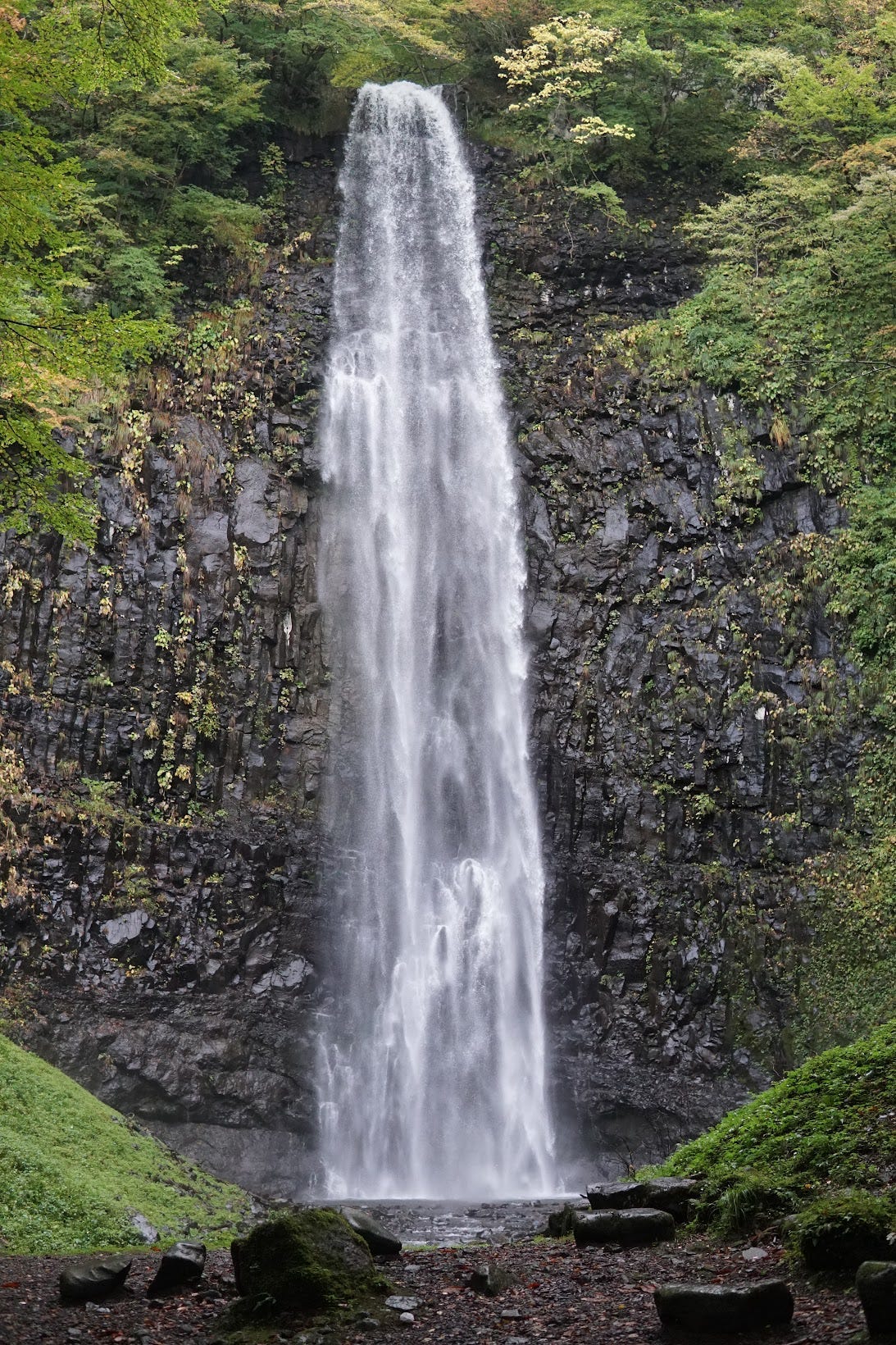
Many people seem to enjoy celebrating the birth of a religious figure named Jesus Christ. Japanese people enjoy it by eating KFC (true story).
Another religious figure who features prominently in the history of Japan is Kukai AKA Kobo Daishi. Kukai was the founder of the Shingon sect of Buddhism said to be born in 774 on the 15th day of the 6th month of the lunar calendar (which actually correlates to July, but whatever).
Kukai pops up all over Japan including here in Yamagata. Legend has it that Kukai was the founder of ascetic practice on many of the mountains around here: Yudono-san, Maya-san, Taizo-san, and he even named my favourite waterfall, Yamagata Prefecture’s tallest Tamasudare.
Thanks Kukai, and happy birthday!
Daily Yamabushi This Week
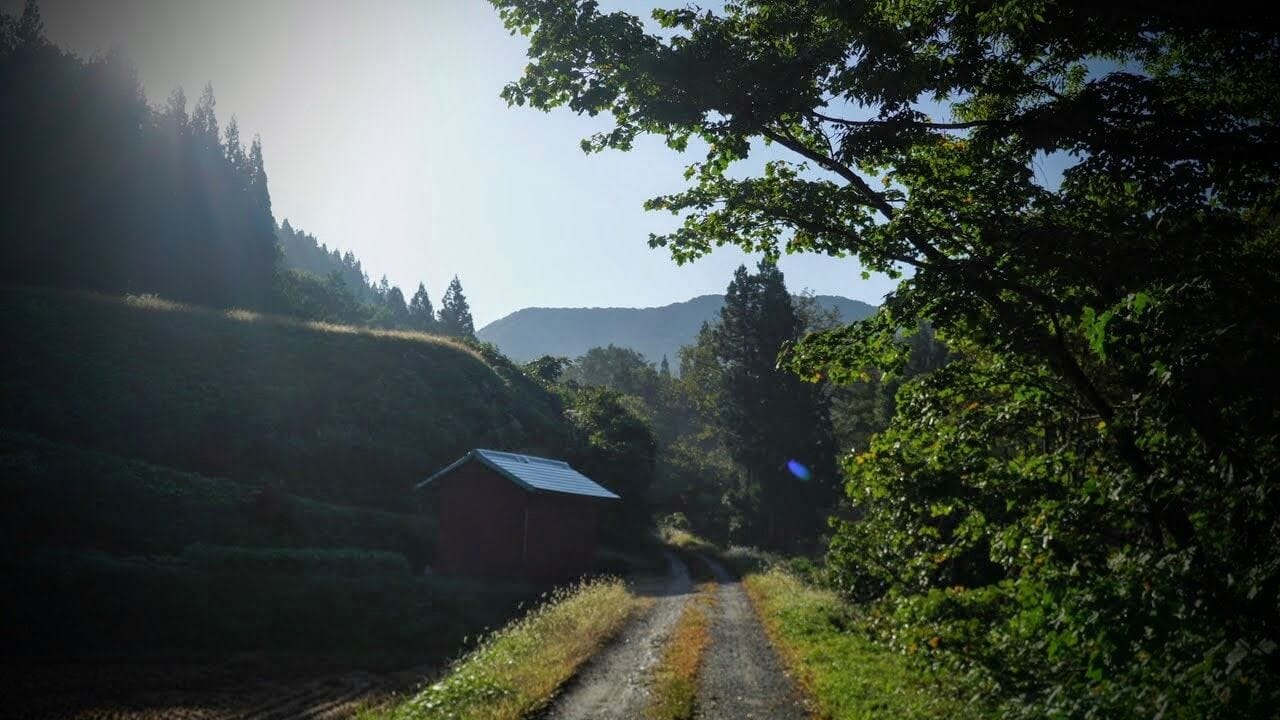
This week’s most popular post was Put the resistance in its place followed by How bright can you light up the sky?
Plus:
and
Read Daily Yamabushi for free at timbunting.com/blog.
Mountains of Wisdom: Tell Your Mum!
Thanks for reading. If you think your mum would enjoy this, go ahead and share it with her!
Let me know what you enjoyed, and if you didn’t like anything, go ahead and smack that unsubscribe button. It’s been nice knowing you.
And as always, get more content on the little-known side of Japan and Japanese culture on my blog, YouTube, Instagram, Facebook, Twitter, or LinkedIn.
For those of you who haven’t yet:
Ka kite ano.
Tim.


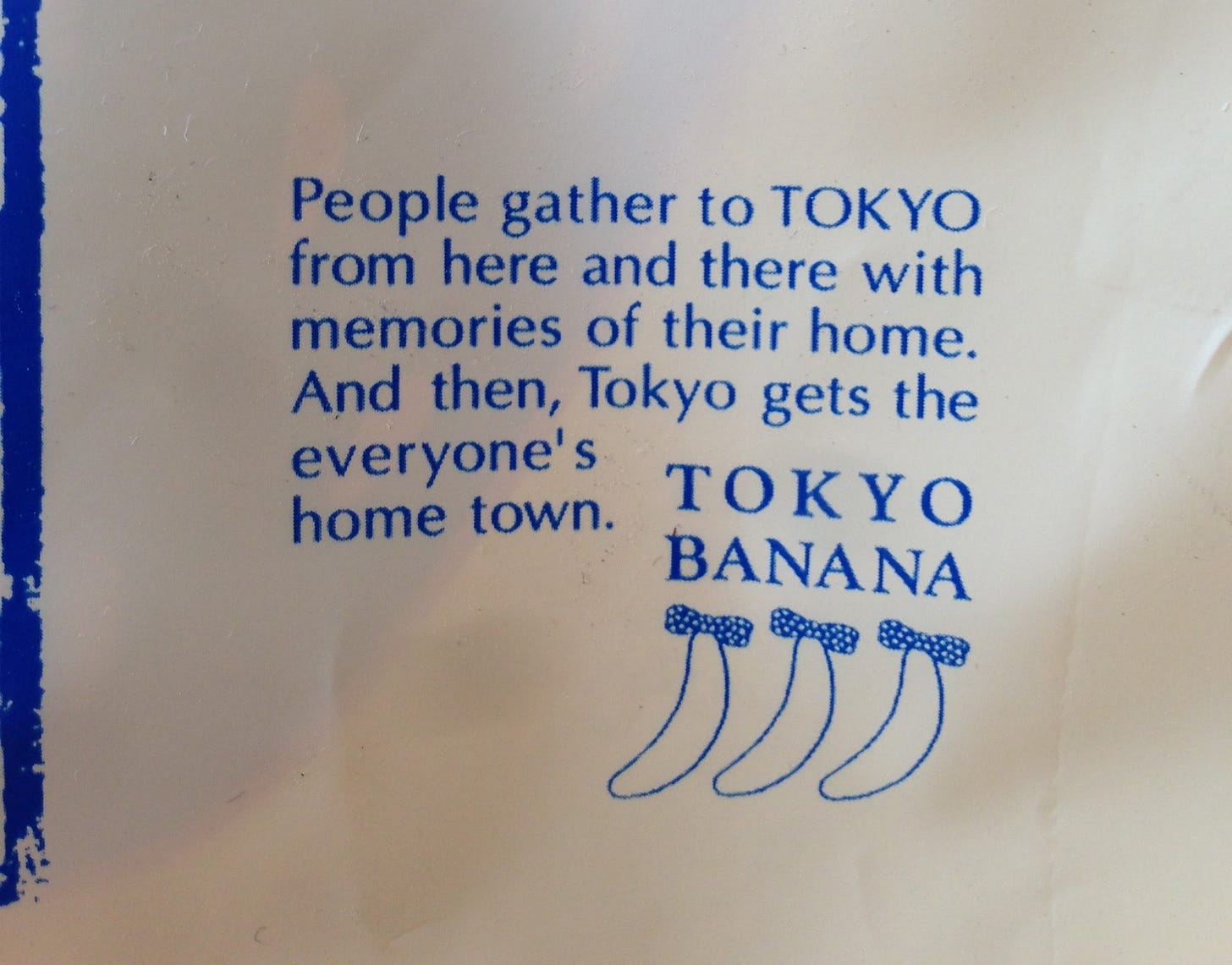
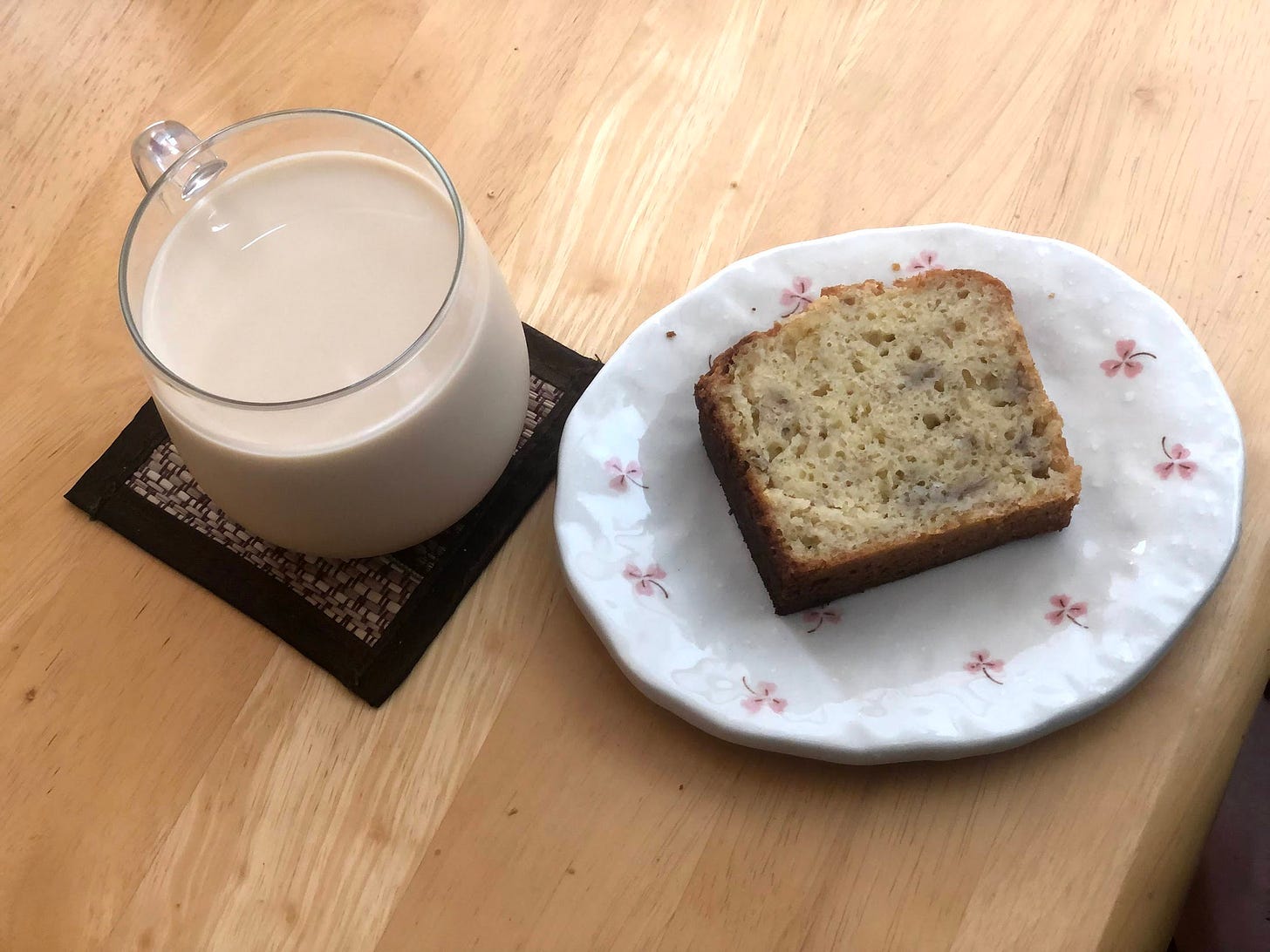
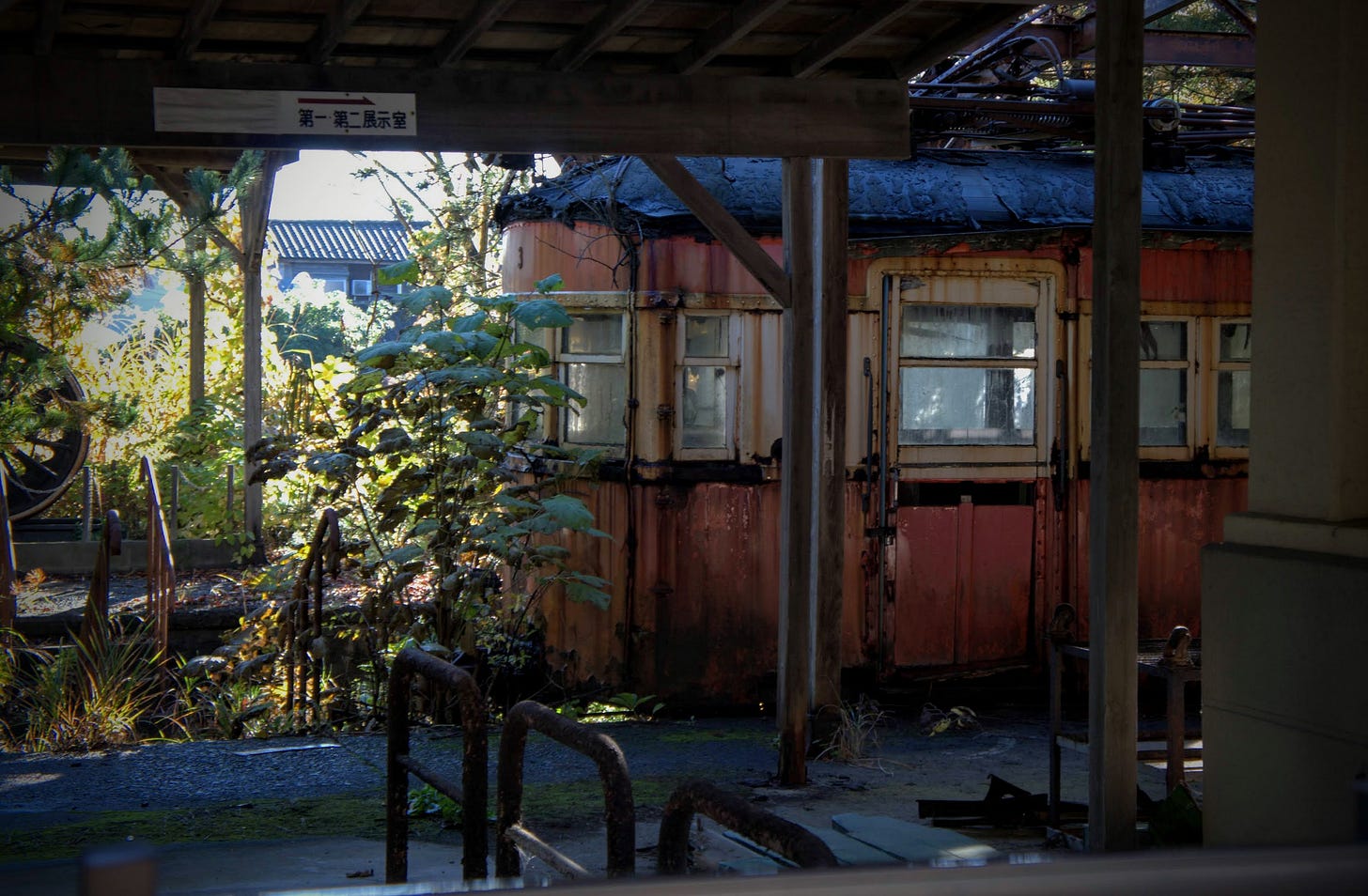
I love Tokyo banana
I ate a Tokyo Banana last week for the first time in a long time. I was expecting it to have a really strong artificial banana taste from memory, but actually it wasn't as strong as I expected. Either they've changed the recipe (but no evidence of this on their website), or I'm getting used to strong artificial flavours!